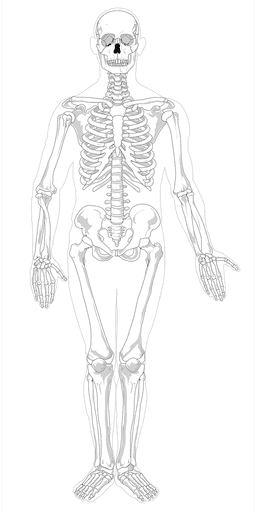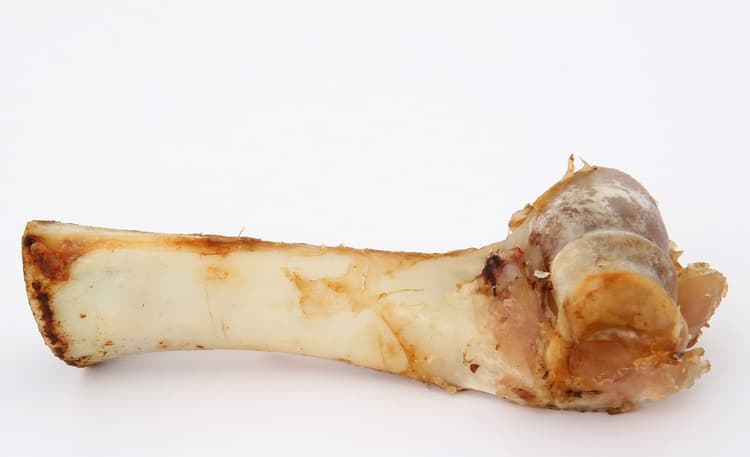The human skeleton: support
I can explain how the skeleton supports the human body.
The human skeleton: support
I can explain how the skeleton supports the human body.
These resources will be removed by end of Summer Term 2025.
Lesson details
Key learning points
- All humans have a skeleton made up of many bones.
- The bones of the human skeleton are solid, strong and are various shapes.
- X-rays show us what our bones look like.
- The skeleton supports our body which would be ‘floppy’ without it.
Keywords
Skeleton - A skeleton is the set of bones inside an animal's body that supports its shape, helps it move, and protects important parts.
Bones - Bones are a hard and stiff material that make up a skeleton.
X-ray - An X-ray is used to create an image of our bones.
Support - An animal's body needs a skeleton which supports it to be able stay upright and keep its shape.
Common misconception
Children may think their bones are not connected to each other.
Show the children how bones are connected to form a skeleton that supports their body.
To help you plan your year 3 science lesson on: The human skeleton: support, download all teaching resources for free and adapt to suit your pupils' needs...
To help you plan your year 3 science lesson on: The human skeleton: support, download all teaching resources for free and adapt to suit your pupils' needs.
The starter quiz will activate and check your pupils' prior knowledge, with versions available both with and without answers in PDF format.
We use learning cycles to break down learning into key concepts or ideas linked to the learning outcome. Each learning cycle features explanations with checks for understanding and practice tasks with feedback. All of this is found in our slide decks, ready for you to download and edit. The practice tasks are also available as printable worksheets and some lessons have additional materials with extra material you might need for teaching the lesson.
The assessment exit quiz will test your pupils' understanding of the key learning points.
Our video is a tool for planning, showing how other teachers might teach the lesson, offering helpful tips, modelled explanations and inspiration for your own delivery in the classroom. Plus, you can set it as homework or revision for pupils and keep their learning on track by sharing an online pupil version of this lesson.
Explore more key stage 2 science lessons from the Introduction to the human skeleton and muscles unit, dive into the full secondary science curriculum, or learn more about lesson planning.

Equipment
See additional guidance
Content guidance
- Risk assessment required - equipment
- Exploration of objects
Supervision
Adult supervision required
Licence
Starter quiz
6 Questions

sight
smell
touch
taste
hearing
mammal
bird
reptile
amphibian
fish






Exit quiz
6 Questions





hard, to support your body.
soft, because it is filled with marrow.


